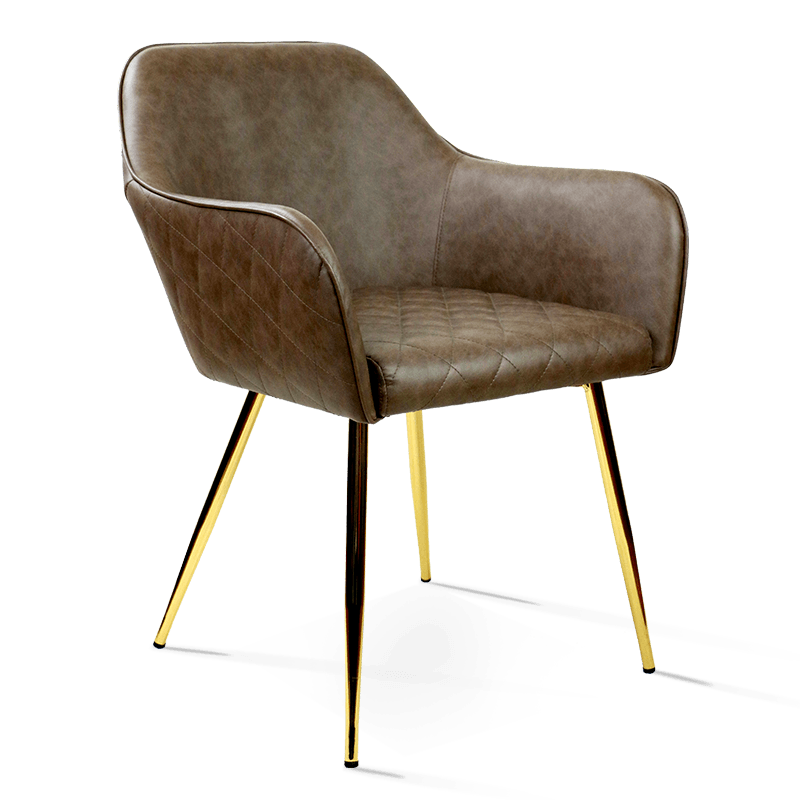Tư vấn sản phẩm
Địa chỉ email của bạn sẽ không được công bố. Các trường bắt buộc được đánh dấu *
Dining chair designs indeed vary widely across cultures, influenced by factors such as local materials, craftsmanship traditions, and social customs related to dining.
Japan: In traditional Japanese dining, low seating is common, with families often sitting on tatami mats around a low table. The chairs, if used, are usually minimalist, such as the zaisu, which lacks legs and allows for comfortable sitting without shoes. This design emphasizes simplicity and harmony with nature.
Scandinavia: Scandinavian design often prioritizes functionality and aesthetics. Dining chairs here are typically made of light woods, featuring clean lines and ergonomic shapes. The emphasis is on creating a cozy, inviting atmosphere, reflecting the concept of "hygge" in Danish culture.
Italy: Italian dining chairs often showcase vibrant colors and intricate designs, embodying the country’s rich artistic heritage. Chairs may be crafted from ornate wrought iron or beautifully painted wood, reflecting regional styles and craftsmanship. Dining is a communal activity in Italy, and the designs often cater to larger gatherings.
Mexico: In Mexican culture, dining chairs can be brightly colored and often feature elaborate designs or carvings. Materials like wrought iron and painted wood are common, with an emphasis on artisanal craftsmanship. These chairs often reflect the festive and communal spirit of meals in Mexican households.

Middle East: Middle Eastern dining often involves large, plush cushions or low seating arrangements, fostering a relaxed and communal atmosphere. If chairs are used, they may be intricately designed with rich fabrics and ornate patterns, reflecting the region's artistic heritage.
North America: In contrast, many North American dining chairs are designed for comfort and versatility, often featuring padded seats and backs. Styles range from rustic farmhouse designs to modern minimalist aesthetics, accommodating a wide range of tastes and lifestyles.
Africa: African dining chairs vary greatly depending on the region, often incorporating natural materials like wood and reeds. Some cultures favor folding or stackable designs, reflecting nomadic lifestyles or communal dining practices.
Cultural Significance: Across many cultures, the design of a dining chair can also reflect social status and tradition. For example, in some cultures, specific chairs may be reserved for elders or guests of honor, emphasizing respect and hierarchy within family dynamics.
These variations not only serve functional purposes but also carry deep cultural meanings, influencing how people gather, interact, and enjoy meals together.
Làm thế nào để các thiết kế xốp lai cải thiện sự cân bằng giữa độ mềm mại và khả năng hỗ trợ trong đệm ghế bành phòng khách hiện đại?
Sep 23,2024What are the benefits of using sustainable materials in the manufacturing of executive office chairs?
Oct 10,2024Địa chỉ email của bạn sẽ không được công bố. Các trường bắt buộc được đánh dấu *






Tangpu, Hồ Châu, Chiết Giang, Trung Quốc
0086-15088380506
Bản quyền © Công ty TNHH Nội thất Anji Mingchuang Đã đăng ký Bản quyền.
